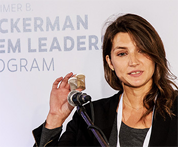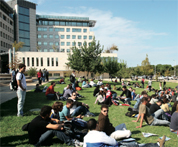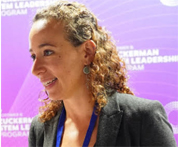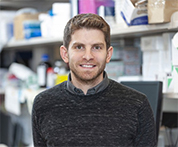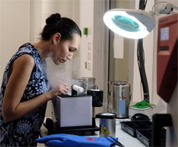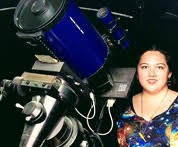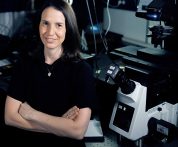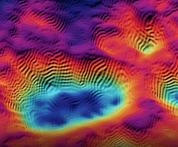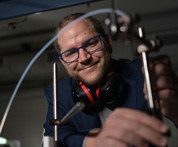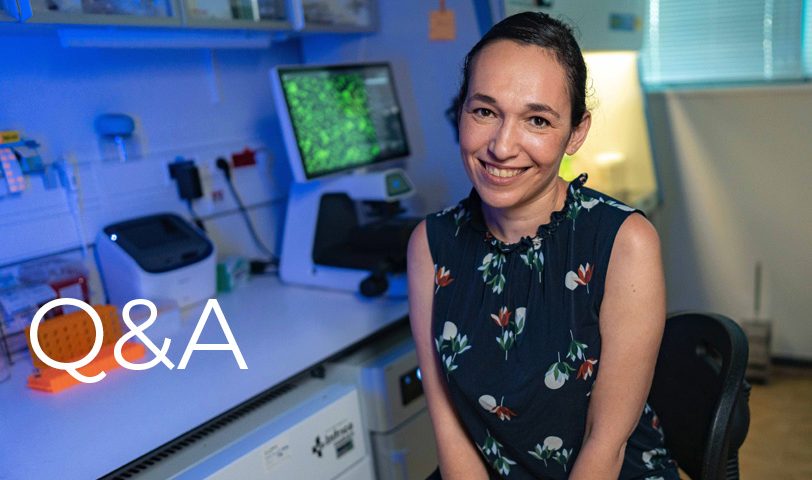Dr. Moran Shalev-Benami is a faculty member at the Department of Structural Biology at the Weizmann Institute of Science. Before joining the institute, she completed a postdoc fellowship at the University of Michigan and at Stanford University.
The Shalev-Benami laboratory uses cryogenic electron microscopy (cryo-EM) to study the 3D architecture of proteins to learn how their complicated structures contribute to their ability to mediate their cellular functions.
Please describe your current research, the focus of your lab, and the practical implications of your research
Our lab studies the central nervous system and the brain. We look for proteins in the brain that we don’t know how they work or what they look like. Many of these proteins cause disease when they malfunction or are missing, but we often do not know what is their function in a healthy brain, Through our work we aim to first see what they look like and then understand how they work and what happens when they break down.
Using cryo-EM, we examine structures of proteins in the brain that involve in communication between brain cells. Our aim is to understand how brain cells communicate. We can reconstruct detailed protein structures in 3D using a cryogenic temperature microscope that yields very high resolution – down to the atomic details.
We focus on questions that fascinate us and are aimed at revealing the structure of proteins with an unknown function. Our most recent study was driven by the curiosity of a medical student at the Hebrew University, Hadar Israeli, who shared with us a story about a family she got to know during her studies where all family members were extremely obese. She knew they all shared a genetic mutation in a protein in the brain called the melanocortin receptor 4, but was unable to explain how such mutation results in a faulty activity that leads to obesity. “Hadar asked me if the recent advances in electron microscopy and the methods we use in lab might help explain how this particular mutation could produce such a devastating effect”. Hadar joined our lab as a visiting student and together with the team identified the 3D structure of the receptor and revealed its mechanism of action. At the time, she was pursuing her PhD with another Zukerman Faculty Scholar, Dr. Danny Ben-Zvi, at Hebrew University.
This research was recently accepted for publication, and you can read more about it in The Hunger Games: Uncovering the Secret of the Hunger Switch in the Brain, on the Weizmann Institute website.
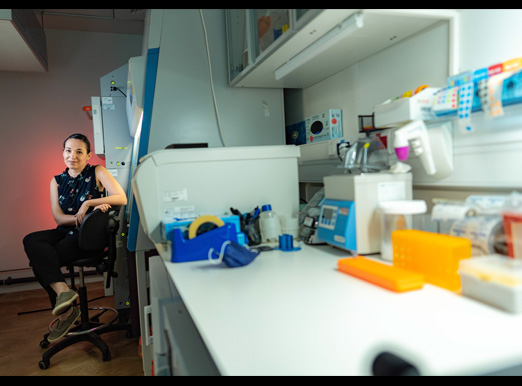
What do you love most about your research?
When we look at a new structure that we didn’t know anything about, it’s a “Eureka” moment. We can see how something works just by looking at the structure, opening new questions.
What/Who inspires you in field of science and elsewhere?
I had great supervisors who taught me to love science. The reason I chose to pursue a scientific career was because of my PhD supervisor. He loved what he was doing, He would come to the lab and ask, “Are you happy?” He was a great inspiration to me.
What has it meant to you to be part of the Zuckerman Faculty Scholars Program?
Initiatives like the Zuckerman program enable us to build cutting edge, high-quality labs. I enjoy the personal and collaborative environment, especially between disciplines. In Israel, the culture is to be more creative, spontaneous, and out of the box thinking is encouraged. I enjoy that. The past year was a bit of a challenge in terms of getting together, and I look forward to becoming better acquainted with this incredible group of scholars in the months ahead.
Where do you hope your research will have the greatest impact?
Our research can shed light on the function of cellular components we know are important for human health, but our current understanding is only limited to what happens when they malfunction rather then what is their function in routine. We believe that understanding their function in a healthy brain, might help us to realize why they break down and cause disease and pinpoint hotspots that can assist in their repair. The 3D structures produced through our studies can contribute to the development of drugs that target specific brain receptors we identify in the lab.
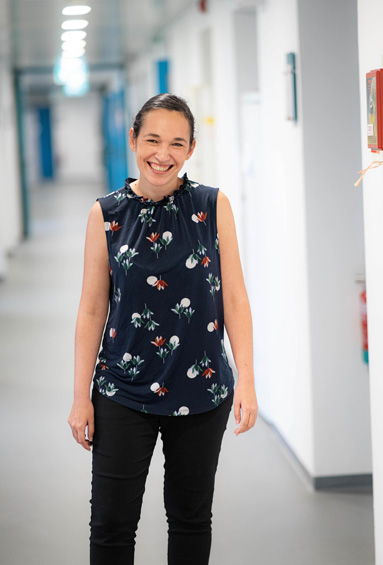
 ISRAELI COUNCIL FOR HIGHER EDUCATION
ISRAELI COUNCIL FOR HIGHER EDUCATION MIT-Israel Zuckerman STEM Fund for Faculty Collaboration
MIT-Israel Zuckerman STEM Fund for Faculty Collaboration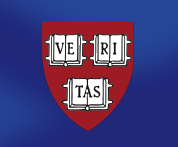 The Zuckerman Travel and Research STEM Fund at Harvard
The Zuckerman Travel and Research STEM Fund at Harvard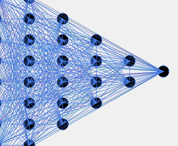 Zuckerman AI Fund at Technion
Zuckerman AI Fund at Technion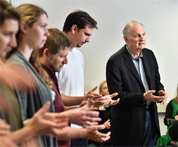 Alan Alda Communicating Science
Alan Alda Communicating Science Zuckerman Institute – ScienceAbroad
Zuckerman Institute – ScienceAbroad Zuckerman Institute – America-Israel Friendship League partnership
Zuckerman Institute – America-Israel Friendship League partnership
